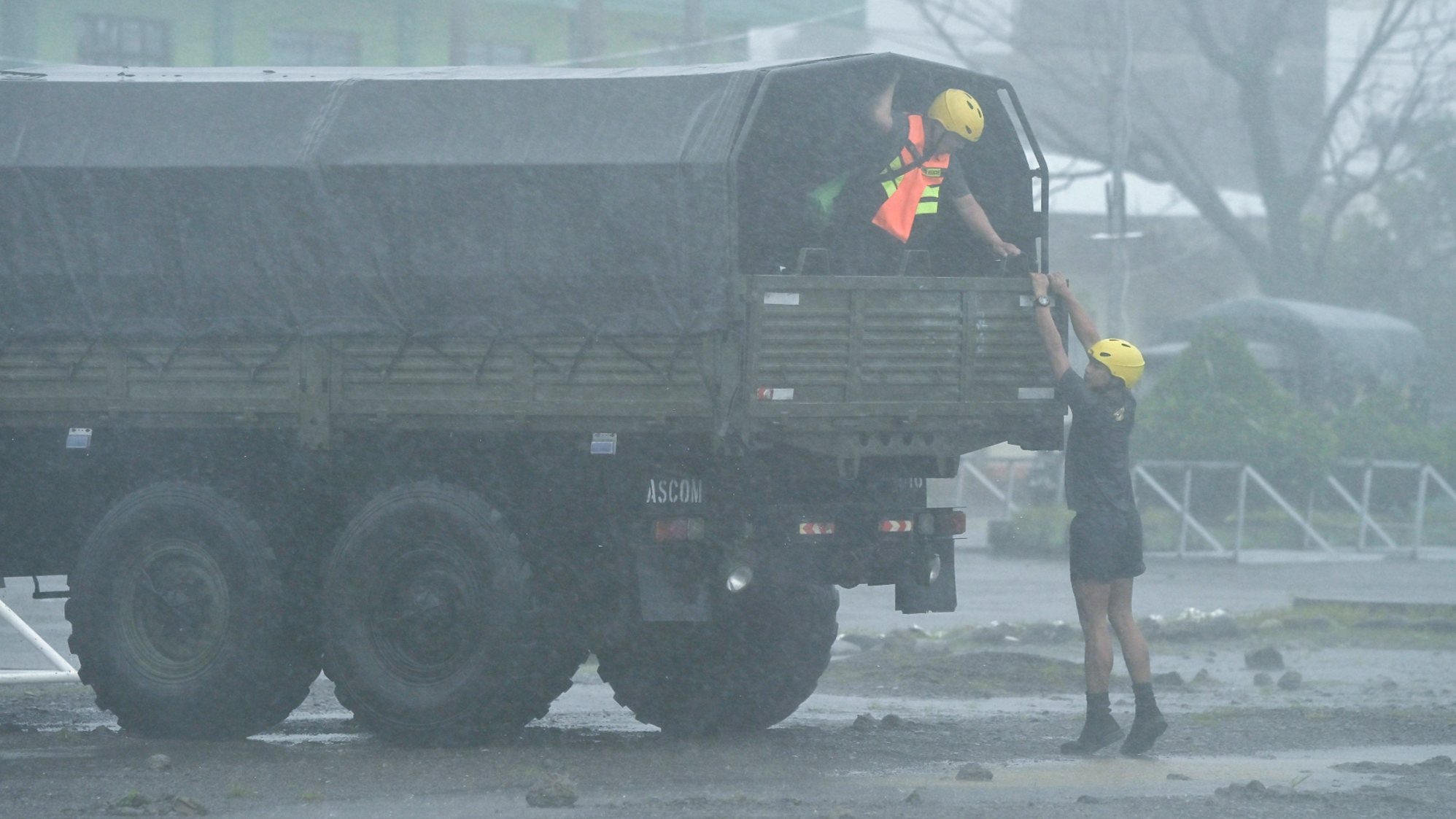
MANILA - Typhoon Usagi weakened sharply on Friday after bearing down on the Philippines' northern towns, blowing away houses in its path as authorities brace for another storm that could hit the capital Manila over the weekend.
Usagi, known locally as Ofel, intensified into a super typhoon as it made landfall in the town of Baggao in Cagayan province on Thursday afternoon.
Philippine meteorological agency Pag-asa said that Usagi has since weakened and is now headed towards Taiwan region, China.
READ MORE: Taiwan issues warning as Typhoon Usagi nears
Usagi is the 15th cyclone to hit the Philippines this year. Officials are already bracing for another typhoon, Man-yi, which could hit eastern towns and the capital region over the weekend as it continues to intensify in the western Pacific.
Man-yi could become a supertyphoon on early Sunday, Pag-asa said.
No casualties have yet been reported from Usagi, even as thousands of families living in vulnerable communities fled ahead of its arrival.
Rueli Rapsing, head of the Cagayan disaster relief office, said town officials are still probing the extent of the damage from the storm.
"There were more homes that were partially or totally blown after Marce (Typhoon Yinxing). Currently, we're moving around assessing the damage," Rapsing said on Friday.
Preemptive evacuations of vulnerable residents in Typhoon Man-yi's path will begin on Friday.
Pag-asa said Man-yi's center was last estimated around 795km (494 miles) east of the central town of Guian in Eastern Samar province, and warned of a storm surge of up to 3 meters (10 feet) in coastal towns of the central provinces.
The Philippines is dealing with its sixth storm in a month, mainly hitting the main island of Luzon.
READ MORE: After Trami, Philippines braces for Typhoon Kong-rey
Tropical Storm Trami and Typhoon Kong-rey brought heavy flooding and triggered landslides, killing 162 people with 22 still missing, according to government data.
Four storms churned in the western Pacific ocean at the same time this month, the first time it has happened since records began in 1951, the Japan Meteorological Agency said.
About 20 tropical storms strike the Philippines each year on average, bringing heavy rains, strong winds and deadly landslides.


